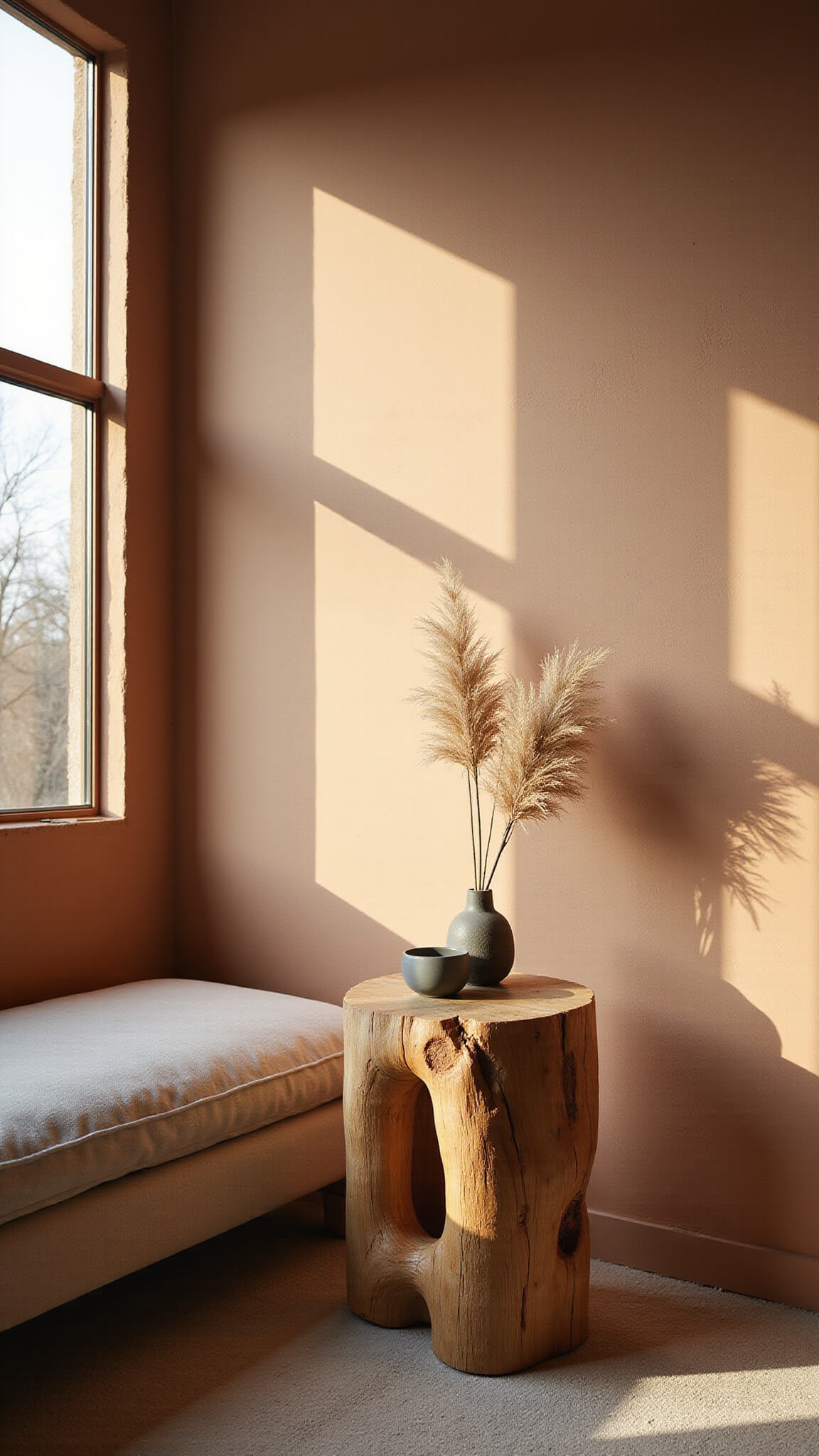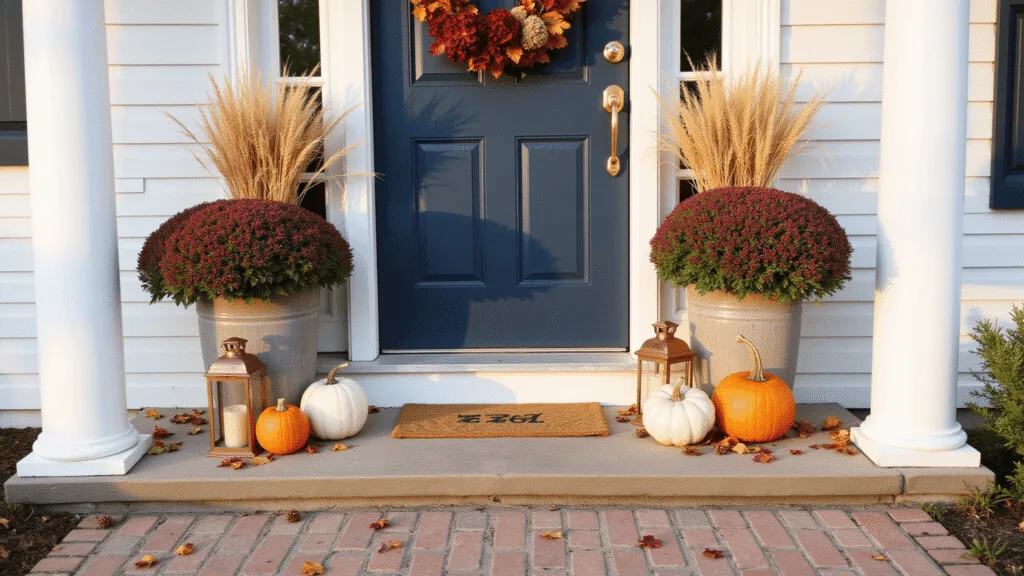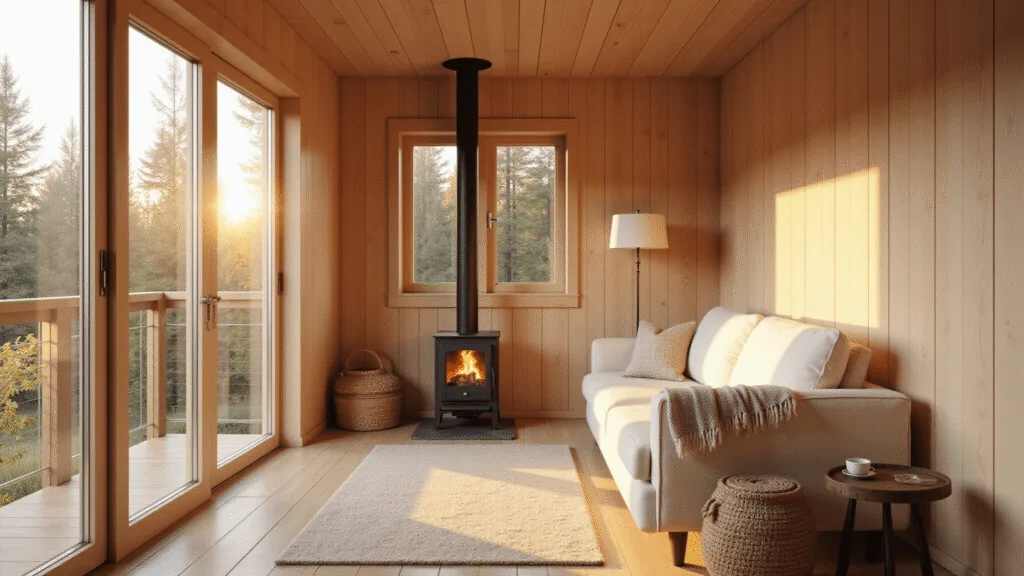What Makes a Wabi Sabi Side Table Extraordinary?
Raw. Authentic. Beautifully Flawed.
A wabi sabi side table isn’t just furniture – it’s a philosophy carved in wood. These tables whisper stories of nature, craftsmanship, and the beauty of imperfection.
Key Characteristics That Define Wabi Sabi Magic
Materials That Speak Volumes:
- Natural, unrefined woods like oak, teak, and cedar
- Prominent knots and organic grain patterns
- Reclaimed timber with unique history
- Surfaces that tell a tactile story
Design Philosophy:
- Asymmetrical shapes
- Irregular edges
- Minimalist yet deeply intentional craftsmanship
- Rejection of machine-like perfection
Where to Find Your Perfect Imperfect Side Table
Top Marketplaces for Authentic Wabi Sabi Pieces
- Etsy: Handcrafted treasures from independent artisans
- 1stDibs: Vintage and contemporary sculptural pieces
- Specialty Shops: Wabi Home offers curated collections
- Local Woodworkers: Custom, one-of-a-kind creations
Smart Buying Tips for Wabi Sabi Enthusiasts
What to Look For:
- Handcrafted details
- Visible wood character
- Natural, matte finishes
- Unique structural elements
Red Flags to Avoid:
- Overly processed surfaces
- Machine-perfect symmetry
- Glossy, synthetic finishes
Styling Your Wabi Sabi Side Table
Perfect Pairings:
- Minimalist interiors
- Mid-century modern spaces
- Japandi design aesthetics
- Rustic, organic environments
Pro Styling Tips
- Use as a statement piece
- Complement with natural textiles
- Allow the table to breathe in your space
- Mix with neutral, earthy tones
Investment and Value
Wabi sabi side tables aren’t just furniture – they’re functional art. Prices range from $200 to $2,000, depending on craftsmanship and materials.
Price Breakdown:
- Handmade Etsy pieces: $300-$800
- Vintage collectors’ items: $800-$2,000
- Mass-produced “inspired” versions: $200-$500
Final Thoughts: More Than Just a Table
A wabi sabi side table represents more than wood and design. It’s a meditation on beauty, imperfection, and the natural world’s inherent grace.
Remember: Perfect is boring. Embrace the cracks, the knots, the unexpected beauty.
Quick Buying Checklist
- ✓ Handcrafted
- ✓ Natural materials
- ✓ Unique character
- ✓ Aligns with your space’s aesthetic
Dare to be beautifully imperfect.














